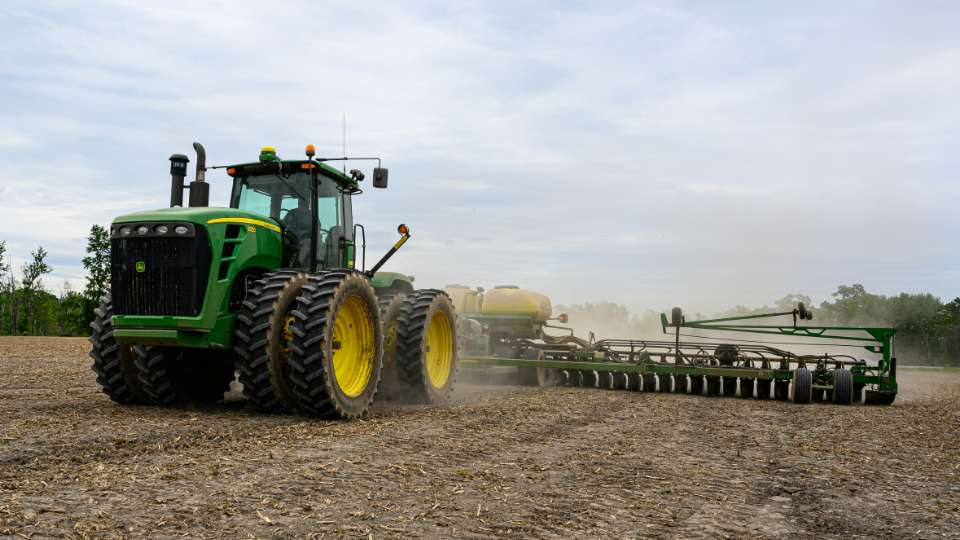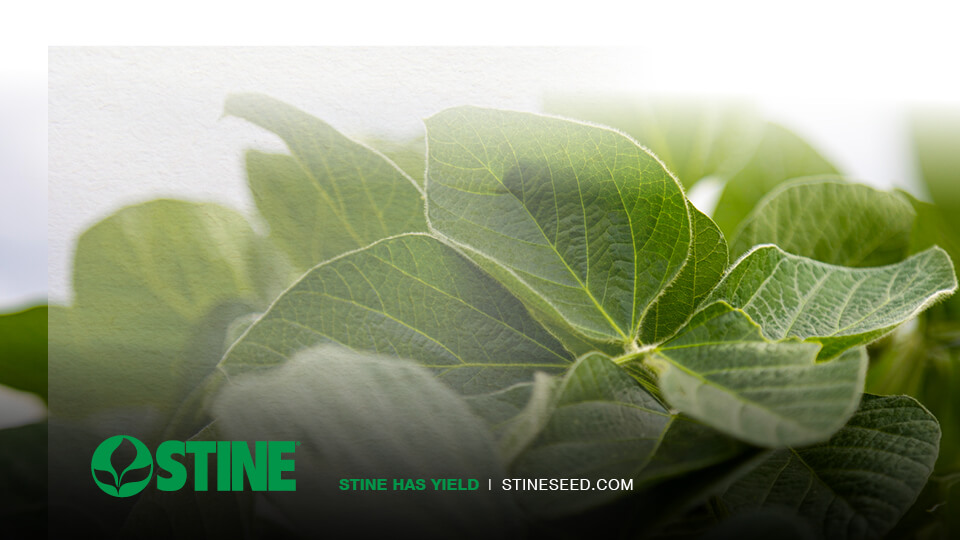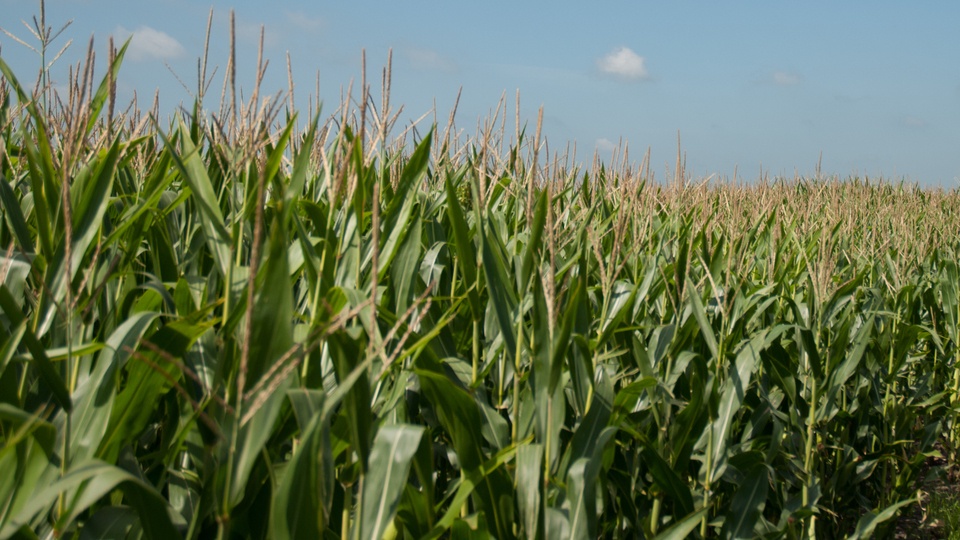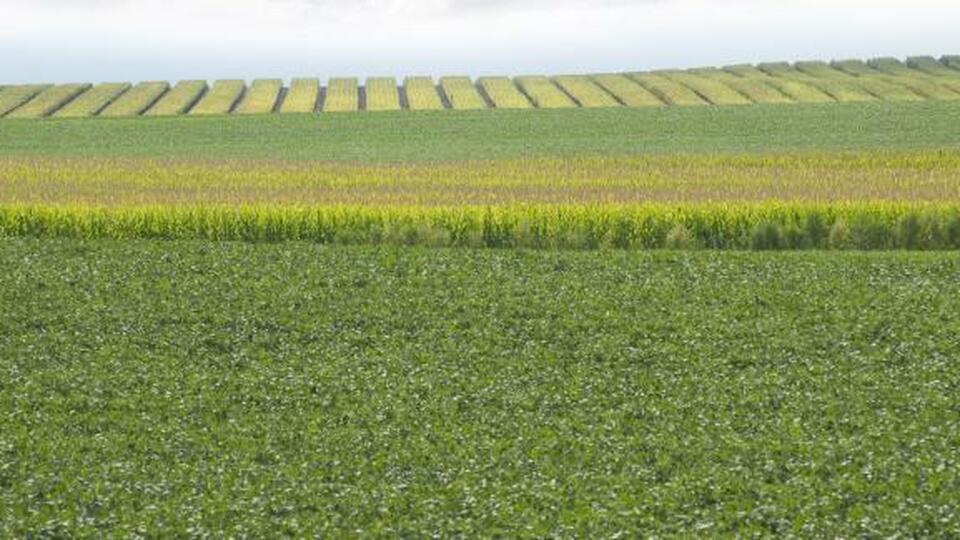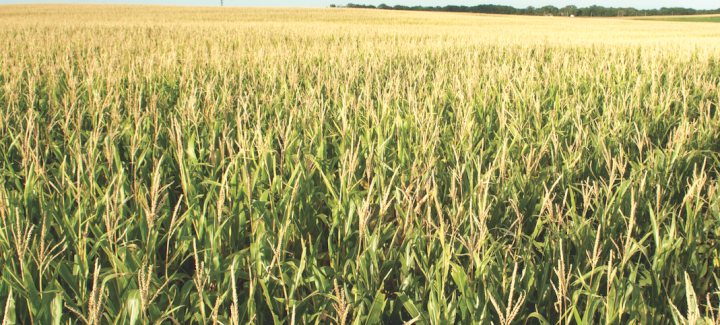
The ag industry is abuzz with conversations of a revolution. Short-stature corn is changing the game, and more seed companies than ever before are starting to play. At Stine®, we’re elated the rest of the industry is leaping forward with this way of thinking — a mindset that short-stature corn is the way of the future. We are proud to have been at the forefront of this revolution for the past three decades. Now, we are well positioned to offer growers short-stature corn products that have been time-tested, generation after generation, for ultimate yield performance.
The origins of Stine short-stature corn
“We stumbled upon short-stature corn by accident,” says Stine President Myron Stine. “We began breeding corn in the 1970s, but what we didn’t realize then is that with each passing year, our hybrids were getting shorter and shorter. Essentially, we were selecting the highest-yielding genetics in our program to move on to the next generation, and our highest-yielding germplasm just so happened to be from shorter plants. It wasn’t until the mid-1990s that this became apparent after we started looking at plant height in our plots.”
Since our corn breeding program’s inception, the main criteria we’ve used to select the genetic material that advances to future generations are standability and yield. As history tells us, the highest yield is produced in high-population environments. Simply put, the more plants per acre, the more yield. This knowledge has always steered us to select products that handle the stress of being in higher populations and advance those through our breeding program.
“We didn’t purposefully get into short-stature corn; our breeding process brought that to us,” says Stine. “Now, we know it’s the way of the future.”
Our position in the industry
Our winter nursery work has allowed us to produce more generations of short-stature corn each year — faster than other seed companies in the industry. Our shorter material has evolved to produce plants that have better standability, more upright leaves for better utilization of sunlight, ideal ear placement, less biomass and the ability to thrive in higher population environments.
“Our advantage in the industry is that we’ve been working with short-stature corn a lot longer than our competitors,” says Stine. “We’re probably about 50 to 60 generations ahead of the rest of the industry because we recognized its value early on. Now, Stine has some of the most refined short-stature germplasm in the industry.”
However, while our hybrids have always been shorter in stature compared to competitors, they’re likely not going to get any shorter.
“We feel we’ve hit the sweet spot for short-stature corn,” says Stine. “We once tested very, very short corn, and it failed. I don’t believe it will continue to get shorter at this point. Our focus is to continue to produce the most efficient plants that can thrive in higher populations.”
Features and benefits
Short-stature corn is more efficient. The shorter architecture of the plants not only allows for better standability but also makes more efficient use of nature’s resources. With our corn, in particular, the hybrids are designed to have a more upright leaf structure so the plants can harvest more sunlight; shorter tassels that are closer to the ear for pollination, and better ear placement ideal for harvestability. Our short-stature corn also produces less biomass, leaving less residue after harvest. And most importantly, our short-stature corn thrives in high-population environments — the key to getting higher yields.
“As we move to high-population environments, shorter plants tend to fare better than taller plants because they make better use of the space they’re allowed in,” says Stine. “With our hybrids, we’ve figured out the secret to putting grain on the plant — a much shorter plant — and in higher populations. It’s truly a revolution in corn production.”
To learn more about our short-stature corn, contact your local Stine sales rep or regional sales agronomist.
Related Articles
-

Considerations before replanting
May 2024 in Agronomy
-

Building better soybeans with Stine® Elite Yield Trials
May 2024 in Agronomy
-

Stine® Corn Elite Yield Trials
May 2024 in Agronomy
-

The value of Stine’s Elite Yield Trials
April 2024 in Agronomy
